India’s rich biodiversity includes an array of medicinal plants, deeply rooted in traditional practices. These natural healers, found from the lush valleys of the Himalayas to the tropical gardens of Kerala, offer remedies for a wide range of ailments. This article explores the top 10 common medicinal plants in India, showcasing their health benefits and the ancient wisdom behind their use.
1. Tulsi (Holy Basil)
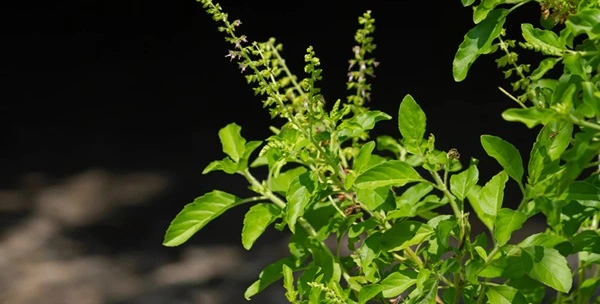
Tulsi, also known as the Holy Basil, is that plant which one finds in most of the Indian houses, usually growing in small pots. It has got green leaves, sometimes purplish, with a strong, sweet odor. People of India take it as a holy plant and pray with its wood. But not only for doing prayers: tulsi is great for health. It helps a person when he or she is suffering from cold or cough. And at the same time, it is proved to help one become stress-free. It’s like a natural medicine that grows right in your garden.
2. Aloe Vera
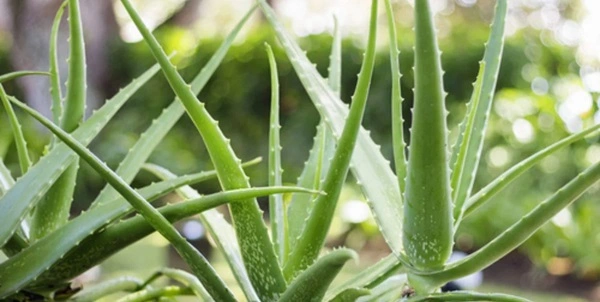
Aloe vera is a plant that is noticed to be growing in most parts of India, right from the gardens to pots in homes. It has thick green leaves that feel like rubber, and inside, there is a gel. This gel is like magic for the skin. If you have a burn or a cut, applying this gel can make it better. Aloe Vera is also good to drink in a juice form, helping with digestion and making your skin glow from the inside out.
3. Ashwagandha
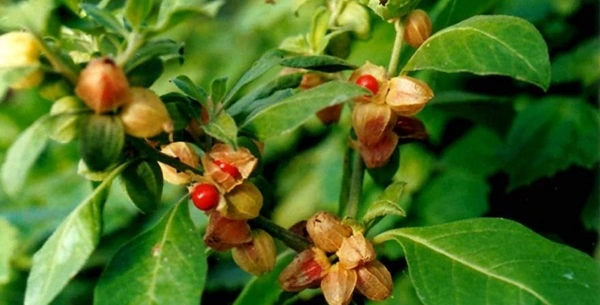
Ashwagandha is a rare plant found in India, mostly in the drier parts of the country. Not very tall, with green leaves and small red fruits, indians have used Ashwagandha for a very long time as a medicine that helps the body fight stress. It is like a potion of strength, which helps feel much energized and, at the same time, calms down. It can also help you sleep better and save your body from the attack of different kinds of ailments.
4. Ginger
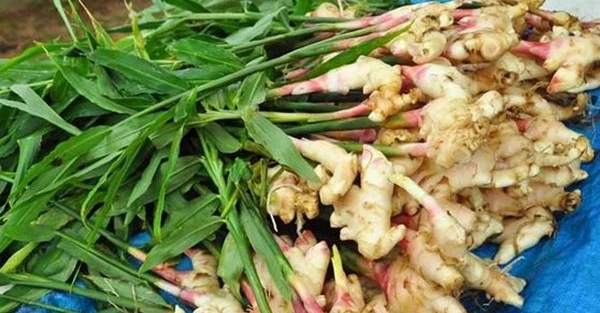
Ginger is the root of an underground plant. It grows in plenty in almost every part of India, and surely, you must have seen it in the market. It is very strongly flavored, both to the smell and taste. Ginger is really a good thing for a person, especially when someone has stomachache or nausea. It also works great for cold. Many people use ginger in tea or food to stay healthy. It’s like a natural way to keep sickness away.
5. Turmeric
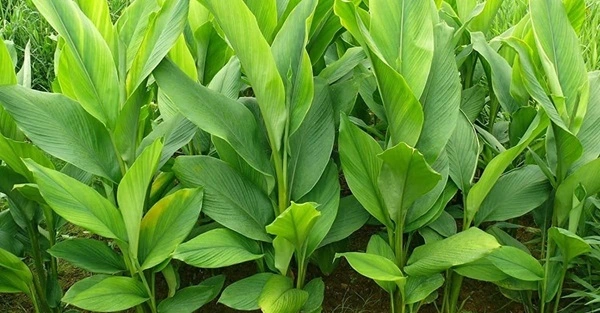
Turmeric is bright-yellow; it is a spice from a plant with thick roots. The plant’s best-growing area is in India, where the growth and development of the roots are made into spices. The significance of turmeric is that it gives the Indian food a yellow color and warm taste. However, it’s not just in the cooking. Turmeric aids in the treatment of wounds and fights off illness because it has germ-killing strength. Another reason to drink food or milk mixed with turmeric is that it keeps a person strong and healthy.
6. Neem
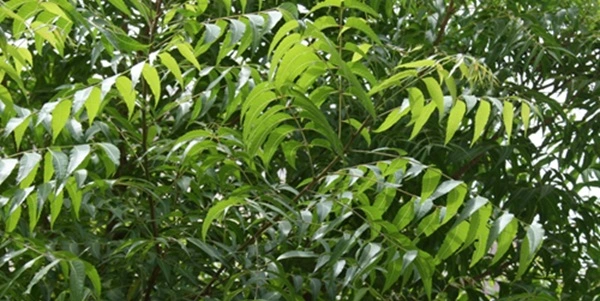
Neem trees are very common in India. You can see them almost everywhere, from the sides of roads to backyards. Neem trees are tall, with long branches filled with small, green leaves. The leaves are a bit bitter if you taste them. Neem is like a doctor in the form of a tree. It helps fight skin problems like pimples and rashes. People also use neem leaves in their bath water to keep their skin healthy. It’s a natural way to keep away bugs and germs, making it one of the best plants for health in India.
7. Amla (Indian Gooseberry)
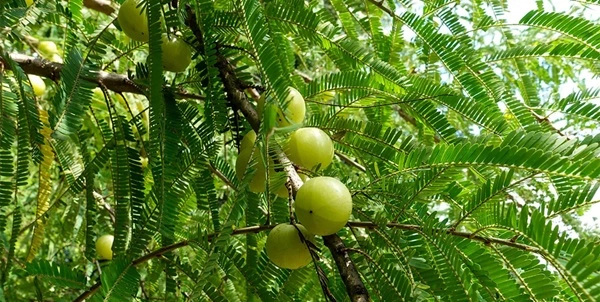
Amla, commonly known as the Indian Gooseberry, is a small tree that bears green fruits—somewhat like small balls. Although the fruit of this tree carries a sour taste, the nutritional content of the fruit is pretty high. Amla is a fruit produced from an Indian fruit tree. Its health benefits enamor many people due to their richness in vitamin C, which is good for the immune system. Eating amla can help make your hair and skin look better. Amla: it is be like a superhero fruit keeping one healthy and strong.
8. Mint
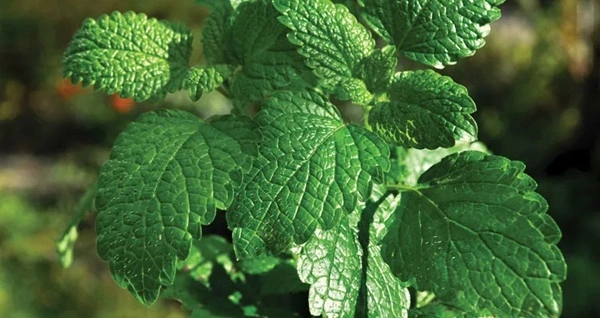
Mint is a small green plant. It has got leaves. It spreads a fresh lovely smell. The plant multiplies very fast. It becomes a weed in many gardens, and in India, it grows wildly. People use mint leaves to flavor foods and beverages. But mint isn’t only for taste; in fact, it really helps one to get rid of an ache in one’s stomach and stop feeling as if he or she would soon vomit. Also, mint helps prevent unpleasant breath; you just need to chew the leaves. It’s a cool, fresh plant that helps one feel better if, for example, he or she is hot and tired.
9. Lemongrass
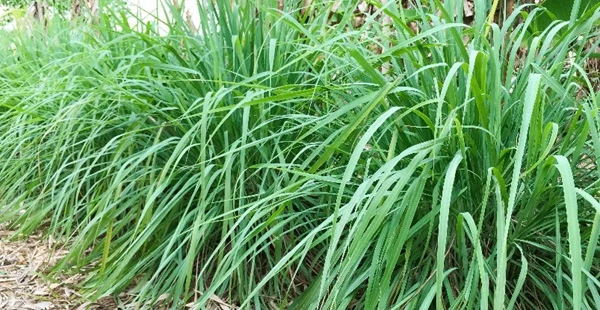
The lemongrass plant is long; it mostly grows in the Indian region, which is quite sunny and warm. Its smell is like lemons, but it isn’t a lemon. People use lemongrass for making tea and to flavor tasty smells in food. They use it in medicine also. If you have a fever or cold, it’s a big help if you drink lemongrass tea. It also aids to keep your stomach in place. Lemongrass is an herbal manner of keeping the body in a good condition and making you feel good and smell nice too.
10. Fenugreek
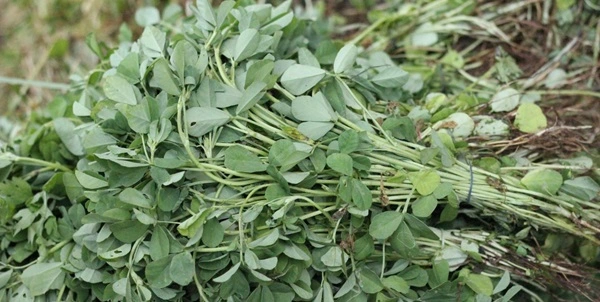
Fenugreek is one of the plants in India. It has green leaves, and it has seeds which are yellowish. It is grown in many parts of India. People use its leaves and seeds for cooking. They taste sweet and bitter. It is very good for health. It can be used to control the level of blood sugar or make the heart strong. It’s also good for feeding mothers; it increases the production of milk in the body. Fenugreek is kind of like a helping plant that takes care of many different ways.
Conclusion:
India’s treasure trove of medicinal plants offers natural remedies for various health issues, blending ancient wisdom with modern wellness. Embracing these gifts of nature can lead to healthier lives, rooted in the earth’s healing power.
Related Topics:
- 10 Creeper Plants in India (With Names & Pictures)
- 10 Climber Plants in India (With Names and Pictures)
- 10 Most Beautiful Flowering Plants in India
- 10 Most Dangerous Plants in India

